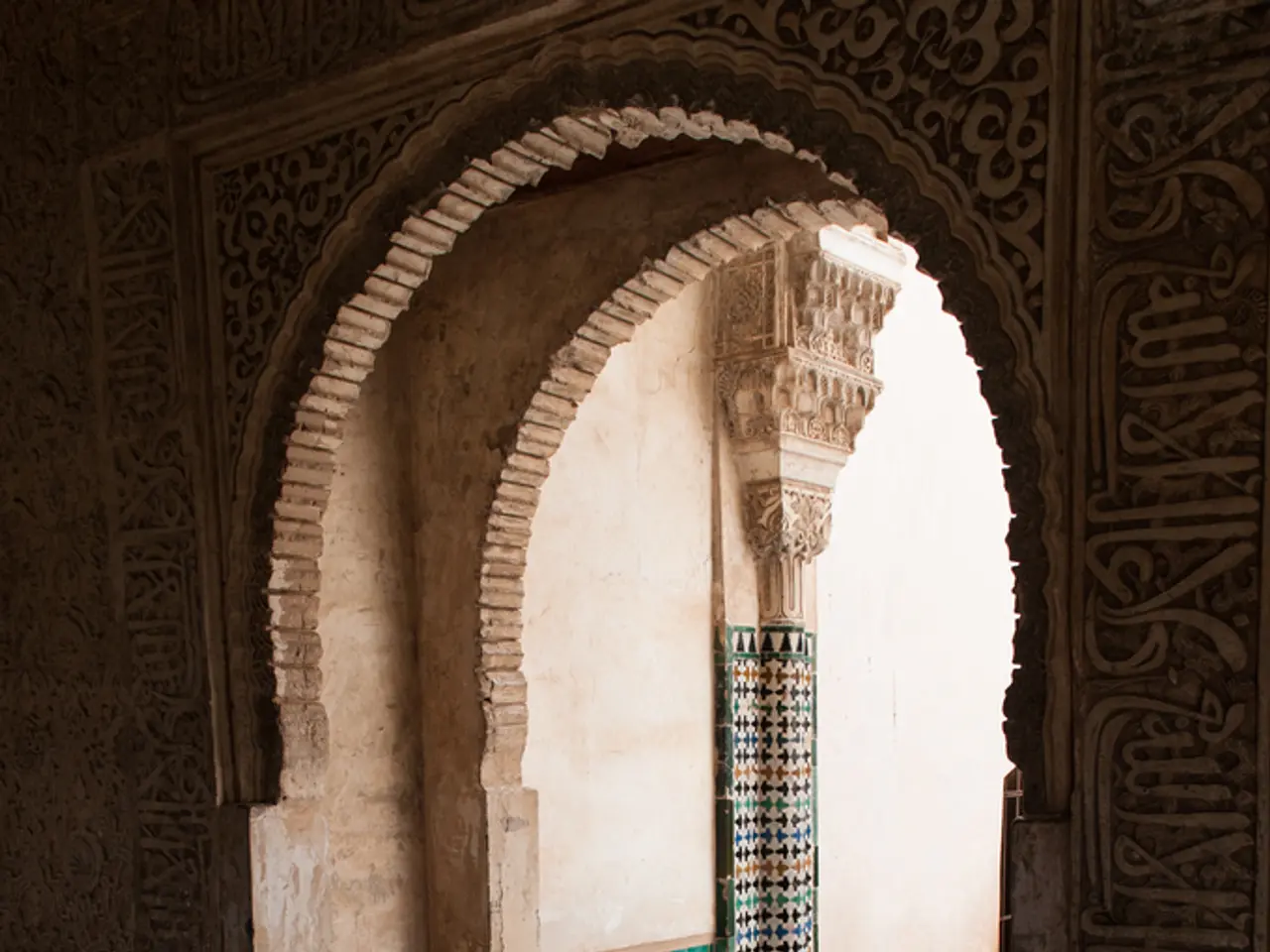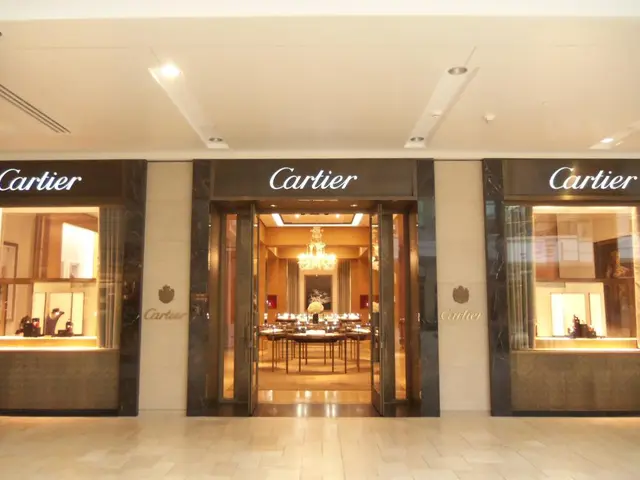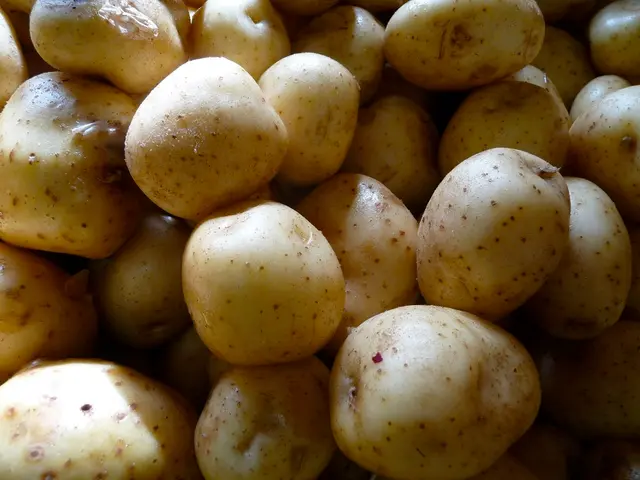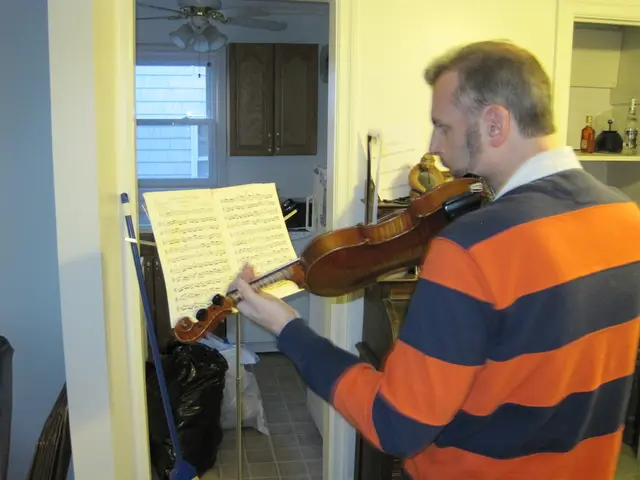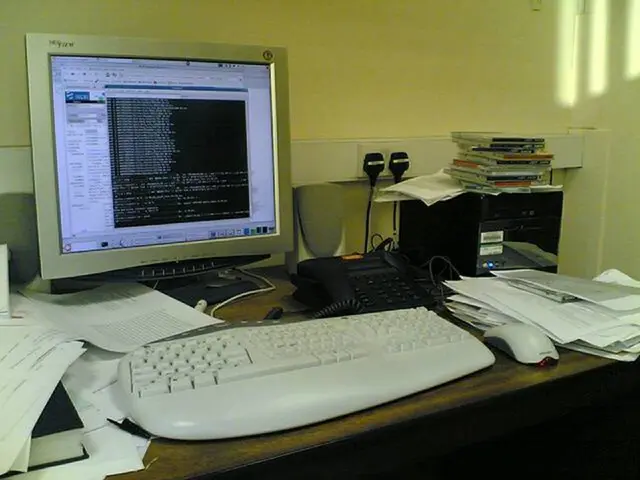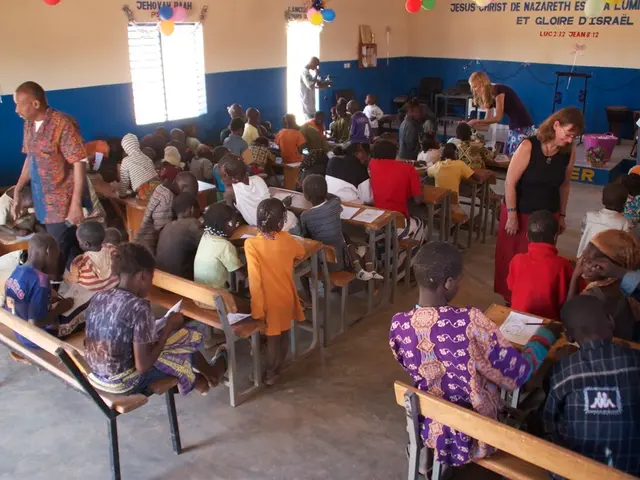Understanding Passivhaus Certification: Crucial Information for Your Construction Venture
In the ever-evolving world of home construction, Passivhaus certification stands out as a beacon of energy efficiency, comfort, and quality assurance. For homeowners seeking a sustainable and comfortable living space, Passivhaus certification offers a host of benefits that extend beyond the completion of the project.
### The Advantages for Homeowners
One of the most significant advantages of Passivhaus-certified homes is their exceptional energy efficiency. Compared to conventional buildings, these homes can reduce energy use for heating and cooling by up to 70-90%, translating into substantial savings on utility bills over the life of the home [1][3][5].
Another key benefit is improved indoor air quality. A balanced mechanical ventilation system with heat recovery maintains a continuous supply of fresh air, eliminating drafts and ensuring consistent indoor air quality [1]. This contributes to the overall health and comfort of the occupants.
The rigorous Passivhaus standards also ensure increased comfort. Super insulation, airtight construction, and high-performance windows result in homes with steady indoor temperatures, no cold spots, and minimal noise infiltration [1].
Passivhaus certification also addresses environmental concerns. The design process involves careful consideration to minimize embodied carbon and waste during construction, contributing to sustainability goals [4].
Lastly, certified homes often command higher market values and appeal to environmentally conscious buyers, providing an added financial benefit [1].
### The Guarantees During Construction and Completion
The certification process for Passivhaus homes includes stringent standards. Airtightness testing ensures that the home achieves air leakage below 0.6 air changes per hour at 50 Pascals, and energy modeling verifies that the home meets strict limits for heating demand, primary energy use, and summer overheating frequency [3].
Quality assurance in building envelope is guaranteed through proper installation and testing of super-insulation, continuous airtight barriers, and thermal bridge-free detailing, reducing the risk of construction defects related to energy loss and moisture infiltration [1][4].
Throughout the construction process, architects, engineers, consultants, and contractors collaborate closely to resolve challenges and ensure compliance with Passivhaus protocols, giving homeowners confidence in the build quality [4].
An energy performance guarantee is also provided, with independent testers verifying that the completed home delivers on the promised energy savings and comfort levels [1][3].
In conclusion, Passivhaus certification offers homeowners comprehensive guarantees of energy-efficient construction, superior comfort, improved air quality, and sustainable building practices, backed by rigorous testing and quality control throughout the design and building phases [1][3][4].
For those considering Passivhaus certification, the first step is to contact a chosen certifier, share project details, and find a suitable fit for the project. The certification process includes a construction review, as-built checks, and a final airtightness test and MVHR unit commissioning [6].
Optimising the reviewed elements can lead to cost savings, help buildability, and improve summer comfort. The Passivhaus standard is beneficial for new homes and retrofits, offering better quality, comfort, health, and energy efficiency [7].
For more detailed information about building and living in a Passivhaus, refer to our expert's account in the article on the topic.
- Passivhaus-certified homes offer exceptional energy efficiency, reducing energy use for heating and cooling by up to 70-90%, leading to significant savings on utility bills over the home's lifespan.
- Improved indoor air quality is another advantage, thanks to a balanced mechanical ventilation system with heat recovery that maintains a continuous supply of fresh air, eliminating drafts and ensuring consistent indoor air quality.
- Super insulation, airtight construction, and high-performance windows in Passivhaus-certified homes result in homes with steady indoor temperatures, no cold spots, and minimal noise infiltration, ensuring increased comfort.
- Passivhaus certification addresses environmental concerns by considering ways to minimize embodied carbon and waste during construction, contributing to sustainability goals.
- Certified homes often command higher market values and appeal to environmentally conscious buyers, providing an added financial benefit.
- The certification process for Passivhaus homes includes stringent standards, ensuring that the home achieves air leakage below 0.6 air changes per hour at 50 Pascals, and energy modeling verifying that the home meets strict limits for heating demand, primary energy use, and summer overheating frequency.
- Quality assurance in building envelope is guaranteed through proper installation and testing of super-insulation, continuous airtight barriers, and thermal bridge-free detailing, reducing the risk of construction defects related to energy loss and moisture infiltration.
